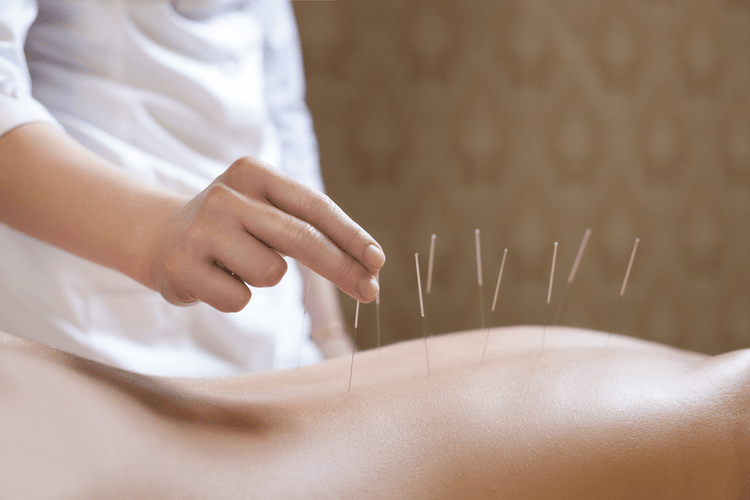Content
Alcohol withdrawal symptoms usually start within hours after you stop drinking, peak in a day or two, and improve within five days. But in some alcoholics, withdrawal is not just unpleasant—it can be life threatening. There’s no magic bullet or single treatment that works for everyone. Everyone’s needs are different, so it’s important that you find a program that feels right to you. Any alcohol addiction treatment program should be customized to your unique problems and situation.
- The counselor gives you information about your drinking pattern and potential risks.
- A health professional can conduct a formal assessment of your symptoms to see if AUD is present.
- Therapy can help you identify the root causes of your alcohol use, repair your relationships, and learn healthier coping skills and how to deal with triggers that could cause you to relapse.
- The EAP counselor will meet with the employee, assess or diagnose the problem, and, if necessary, refer the employee to a treatment program or resource.
- It’s much easier to avoid drinking if you don’t keep temptations around.
Think of them as your 24/7 support system who are there to celebrate your successes and work with you through any challenges. Just as some people with diabetes or asthma may have flare-ups of their disease, a relapse to drinking can be seen as a temporary setback to full recovery and not a complete failure. Seeking professional help can prevent relapse—behavioral therapies can help people develop skills to avoid and overcome triggers, such as stress, that might lead to drinking. Most people benefit from regular checkups with a treatment provider. Medications also can deter drinking during times when individuals may be at greater risk of relapse (e.g., divorce, death of a family member). It is important to gauge whether the facility provides all the currently available methods or relies on one approach.
What causes alcohol use disorder?
Ideally, health professionals would be able to identify which AUD treatment is most effective for each person. NIAAA and other organizations are conducting research to identify genes and other factors that can predict how well someone will respond to a particular treatment. These advances could optimize how treatment decisions are how to treat alcoholism made in the future. Below is a list of providers and the type of care they may offer. If you have any of these symptoms, your drinking may already be a cause for concern. The more symptoms you have, the more urgent the need for change. A health professional can conduct a formal assessment of your symptoms to see if AUD is present.

Here are the options to talk about with your doctor for withdrawal and long-term sobriety. Those with severe alcohol addictions experience the most dangerous withdrawal symptoms, including tremors and seizures. Baclofen, an anticonvulsant medication, has shown some success in reducing muscle spasms and could even mitigate cravings.
Post Treatment
Some people recover from AUD the first time they seek treatment, while others may require several treatment attempts. Naltrexone is available in the form of an oral tablet or injection. Vivitrol is an injected form of the drug that your doctor can give you once a month. This may be more reliable and convenient than oral pills, especially if you think you may forget or be unwilling to take a pill every day. Your doctor may refer you to one-on-one therapy or group counseling.
Disulfiram can be a powerful deterrent to help you stay abstinent, but it’s also a pretty severe way to keep yourself sober. In the past 20 to 30 years, other medication options—including naltrexone and acamprosate—have emerged. Both of these drugs are FDA-approved, and neither works by making you ill when you drink.
Patient Handouts
A person viewing it online may make one printout of the material and may use that printout only for his or her personal, non-commercial reference. This material may not otherwise be downloaded, copied, printed, stored, transmitted or reproduced in any medium, whether now known or later invented, except as authorized in writing by the AAFP. See permissionsfor copyright questions and/or permission requests. A local hospital or your doctor can also connect you with a support group. Treating any and all alcohol-related problems can improve your quality of life and your chances of staying sober.
What are 4 warning signs of damaged liver?
- Skin and eyes that appear yellowish (jaundice)
- Abdominal pain and swelling.
- Swelling in the legs and ankles.
- Itchy skin.
- Dark urine color.
- Pale stool color.
- Chronic fatigue.
- Nausea or vomiting.
The counselor gives you information about your drinking pattern and potential risks. The counselor works with you to set goals and provide ideas that may help you make a change. Disulfiram causes unpleasant symptoms such as nausea and skin flushing whenever you drink alcohol. Knowing that drinking will cause these unpleasant effects may help you stay away from alcohol. People who’re dependent on alcohol may need to learn skills and coping mechanisms to help avoid alcohol once you leave a treatment center or return to familiar environments. Used to treat anxiety, insomnia, and seizures, which can all be symptoms of alcohol withdrawal. In an alcoholic, the brain’s pleasure centers, as well as neurotransmitters that affect brain stimulation, are essentially out of whack.
Surround yourself with the right people
In those cases, we refer clients to partner alcohol addiction treatment programs that offer inpatient medical detox. At alcohol addiction treatment centers like Kingsway Recovery, the medical staff are here to ease the severity of your withdrawal symptoms.
Like baclofen, it can help some people avoid relapse over the long term. These medications are sedative, assist with anxiety, and can mute many of the worst withdrawal symptoms. The drawback is that they, too, are addictive, and need to be tapered off.
If you have depression, anxiety or another mental health condition, you may need talk therapy , medications or other treatment. Treatment for alcohol use disorder can vary, depending on your needs. Treatment may involve a brief intervention, individual or group counseling, an outpatient program, or a residential inpatient stay. Working to stop alcohol use to improve quality of life is the main treatment goal. Because AUD can be a chronic relapsing disease, persistence is key.

